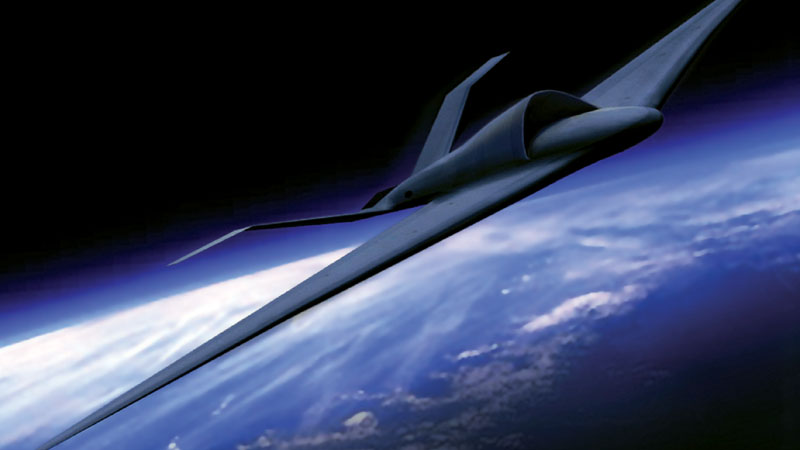Cost Control
By Ben Iannotta|October 2016
Our story on high altitude intelligence, surveillance and reconnaissance [“Wanted: An ISR showdown,” page 30] shows how important it will be for the defense industry and the Pentagon to improve the accuracy of its cost estimating.
Lockheed Martin Skunk Works says it can build 30 unmanned aircraft for $3.8 billion to replace today’s U-2s and Global Hawks. Skunk Works is confident that it could win a competition to build a new ISR plane if one were held. The company’s TR-X proposal marks the start of a long, uncertain journey toward convincing Congress, the White House and the Pentagon to add a fleet of ISR planes to the country’s long-term spending plan.
The industry’s track record of missing cost targets for major programs could make it hard for potential supporters to have faith that whoever wins the competition would get the job done at something close to the promised price.
Possibly sensing this, Lockheed Martin is pledging to wrap in existing technologies as much as possible. For this strategy to work, the government also will have to do its part. The Pentagon and Air Force could invite companies to compete to build the fleet under a firm, fixed-price contract. Requirements leaders could resist the temptation to add new performance requirements during development. In short, they could apply the “KISS” maxim favored by the late Skunk Works guru Clarence “Kelly” Johnson. KISS was short for Keep It Simple Stupid.
To be fair, it’s hard to say “no” to additional requirements, because they often arise from commanders who want their troops to benefit from commercial and consumer technologies that enter the market after the design has been set. Incorporating standard electrical and mechanical interfaces and software from the start can give some flexibility, but the rewards of trying to stay abreast of every technology trend are likely to be outweighed by the unpredictability they would inject into cost estimating. ★
Corrections
The Out of the Past column in the July/August issue contained an error about the Apollo-Saturn AS-203 mission on July 5, 1966. An orbital restart of the second stage was not attempted and was never intended.
The September cover story on photographing exoplanets incorrectly described a test at Princeton’s Frick Chemistry Lab on starshades. A 21-milliwatt — not a 21-megawatt — helium-neon laser represents a star.








